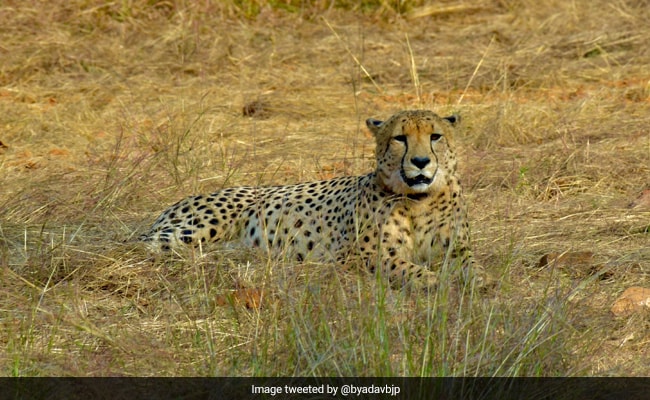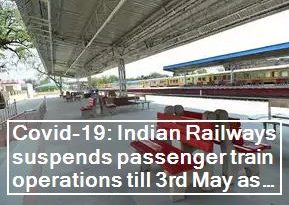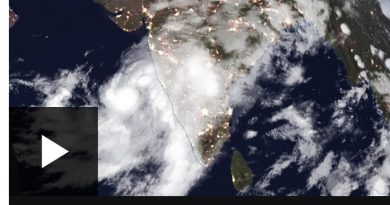Nelson Mandela’s Role In Making Cheetah Translocation To India Possible
The 12 South African cheetahs will join eight others from Namibia that have already been in Kuno National Park in Madhya Pradesh since last year.
The translocation of 12 cheetahs to India from South Africa on Saturday could be made possible because of changed eco laws after Nelson Mandela was elected president following 27 years as a political prisoner of the white minority apartheid government.
Before that, India had ended all relations with South Africa for nearly four decades as it led the international fight against apartheid.
“In South Africa, the transition to democracy had substantial implications for wild cheetah conservation. The Game Theft Act (No. 105 of 1991) was responsible for a major change in land use from agriculture to ecotourism,” the Department of Forestry, Fisheries and Environment (DFFE) said in a statement on Saturday.
Since 1994 (when Mandela was installed as President) cheetahs have been reintroduced into 63 newly established game reserves that currently support a combined metapopulation of 460 individuals, it said.
The Department of Fisheries, Forestry and the Environment has approved the export of up to 29 wild cheetahs per annum to support the conservation efforts for the species outside of the country, the statement said.
“It is because of South Africa’s successful conservation practices that our country can participate in a project such as this – to restore a species in a former range state and thus contribute to the the future survival of the species,” said Barbara Creecy, the Minister of Forestry, Fisheries and the Environment.
The 12 South African cheetahs will join eight others from Namibia that have already been in Kuno National Park in Madhya Pradesh since last year as part of India’s attempts to reintroduce the cats following their local extinction in 1952 due to overhunting and loss of habitat.
Earlier this year, the governments of South Africa and India signed a Memorandum of Understanding (MoU) on Cooperation on the Re-introduction of Cheetah to India.
The MoU facilitates cooperation between the two countries to establish a viable and secure cheetah population in India; promotes conservation and ensures that expertise is shared and exchanged, and capacity is built to promote cheetah conservation. This includes human-wildlife conflict resolution, capture and translocation of wildlife and community participation in conservation in the two countries.
“Conservation translocations have become a common practice to conserve species and restore ecosystems. South Africa plays an active role in providing founders for the population and range expansion of iconic species such as cheetahs,” the statement said.
The cheetah is the world’s fastest mammal and is endemic to the savannahs of Africa. While southern Africa is the cheetah’s regional stronghold, it is considered to be a vulnerable species under the Convention on International Trade in Endangered Species of Wild Fauna and Flora (CITES).
Restoring cheetah populations is considered by India to have vital and far-reaching conservation consequences, which would aim to achieve several ecological objectives. These include re-establishing the functional role of cheetahs within their historical range in India and improving the enhancing the livelihood options and economies of the local communities.
Worldwide, cheetah numbers have declined from an estimated 15,000 adults in 1975 to a current global population of less than 7,000 individuals.
The translocation was coordinated by seven South African government departments, universities and eco organisations; as well as three in India – the National Tiger Conservation Authority, the Wildlife Institute of India and Madya Pradesh Forest Department.




